2000+ Cashless Garages
60 Lakh+ Policies Sold

Accessibility Options

General

General Products
Simple & Transparent! Policies that match all your insurance needs.
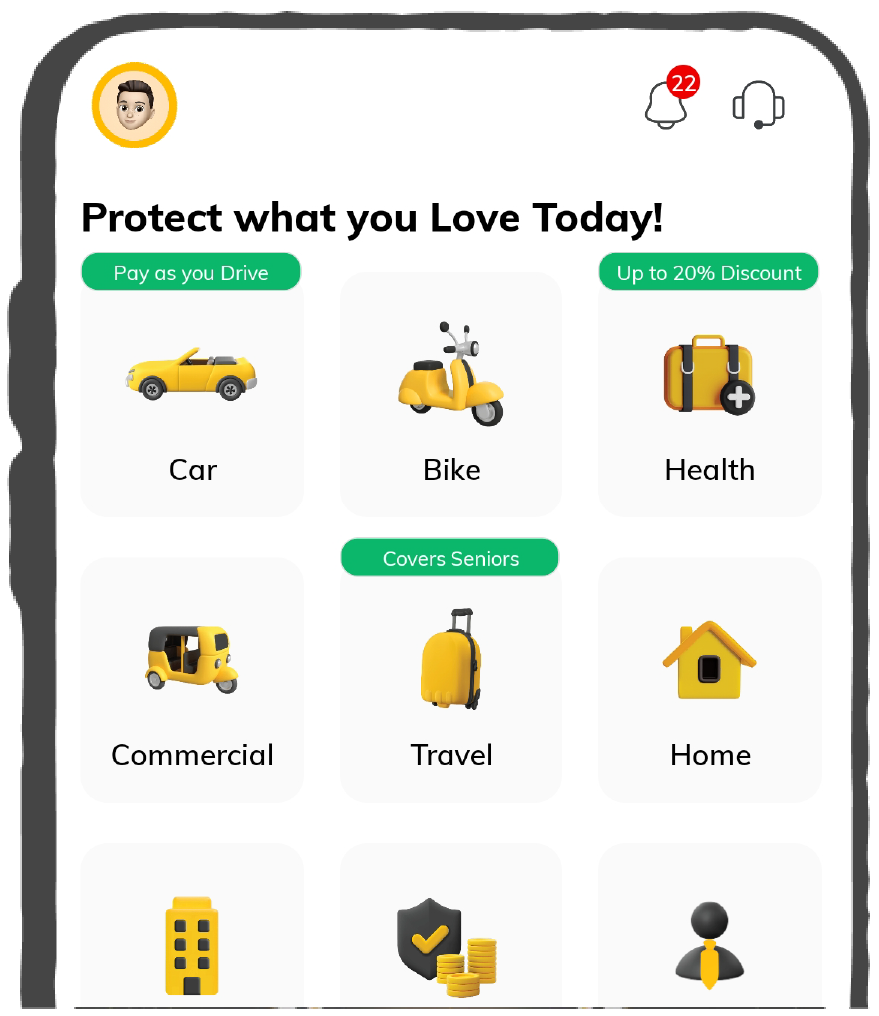

37K+ Reviews
7K+ Reviews
Scan to download

Life

Life Products
Digit Life is here! To help you save & secure your loved ones' future in the most simplified way.
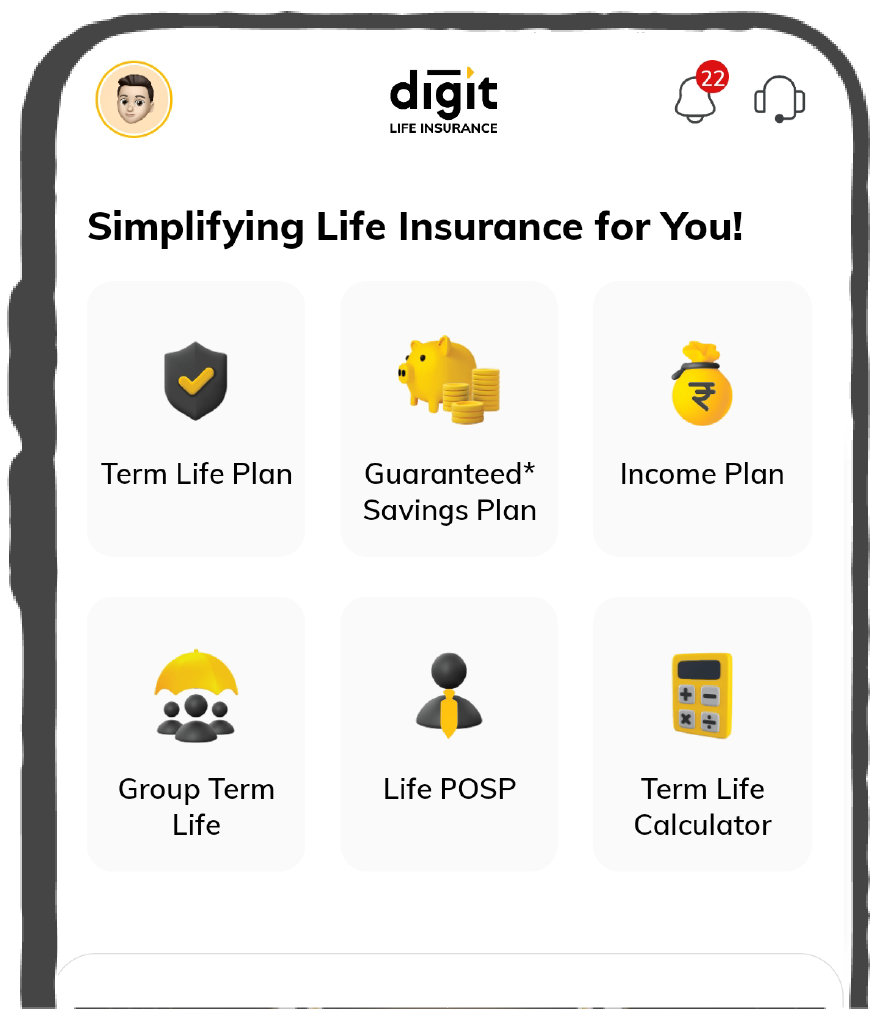

37K+ Reviews
7K+ Reviews
Scan to download

Claims
Claims
We'll be there! Whenever and however you'll need us.
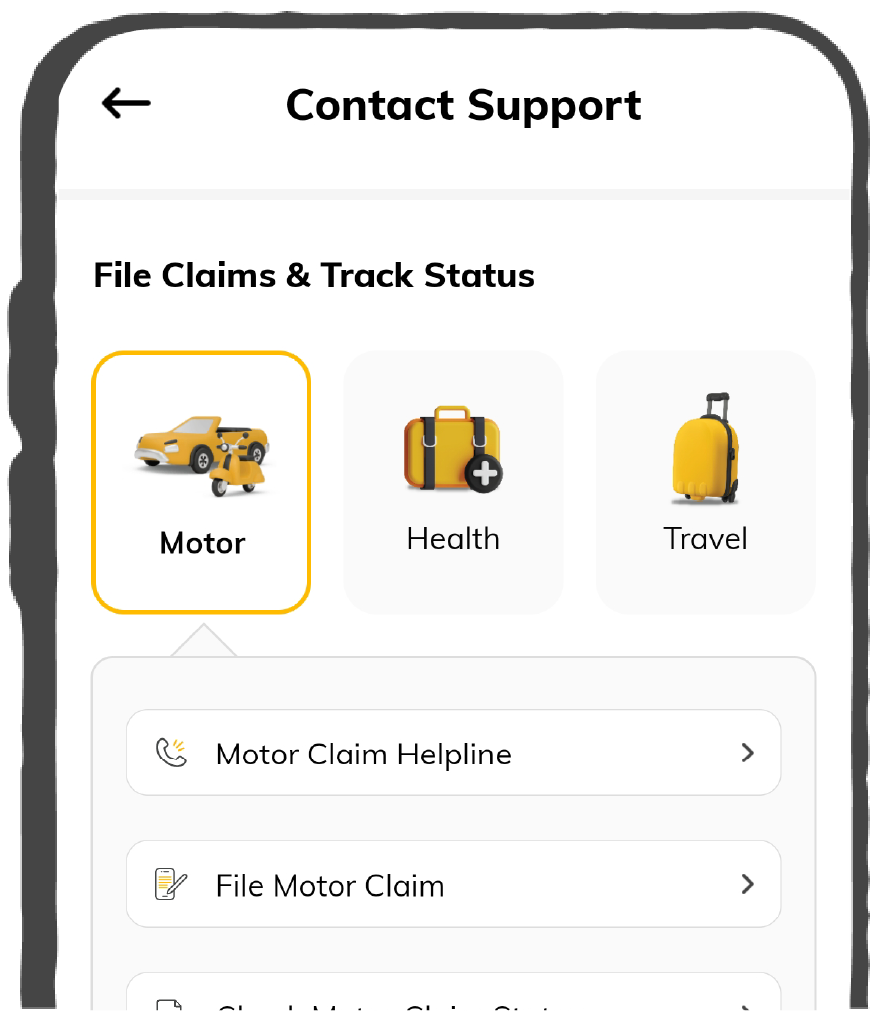

37K+ Reviews
7K+ Reviews
Scan to download

Resources
Resources
All the more reasons to feel the Digit simplicity in your life!
 Tools & Calculators
Tools & Calculators
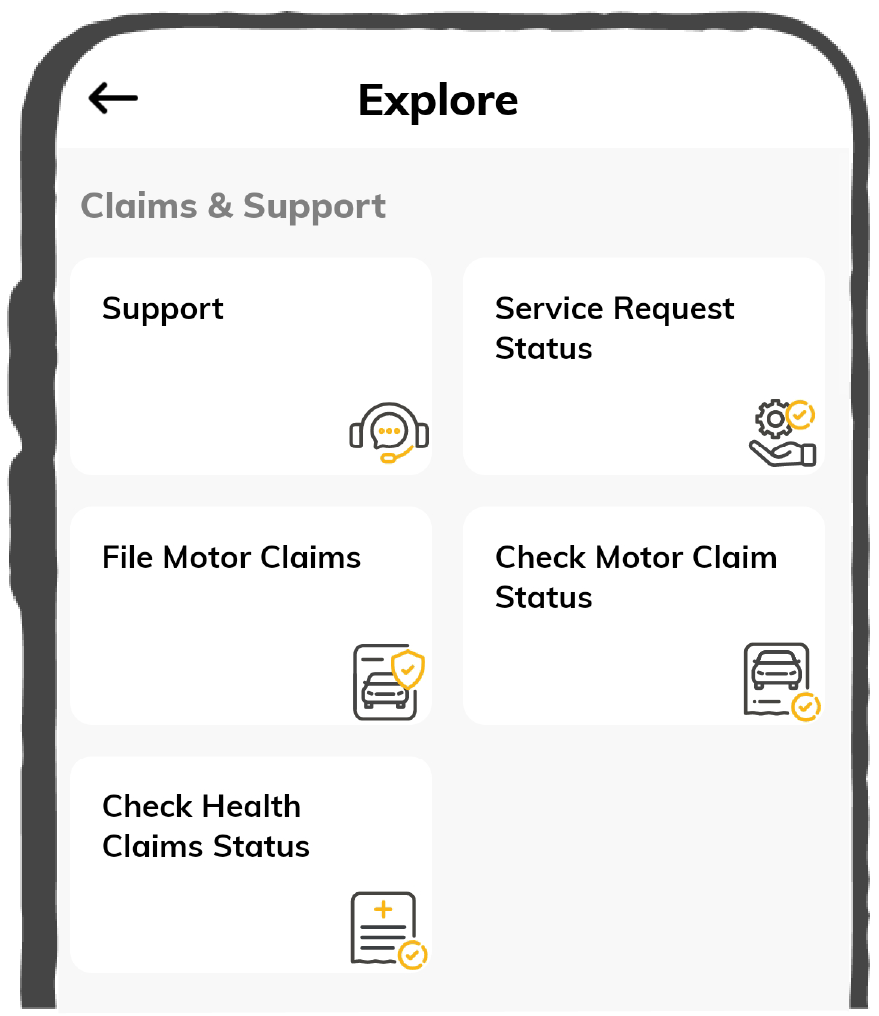

37K+ Reviews
7K+ Reviews
Scan to download

37K+ Reviews
7K+ Reviews
Select Preferred Language
Our WhatsApp number cannot be used for calls. This is a chat only number.

Enter your Mobile Number to get Download Link on WhatsApp.
You can also Scan this QR Code and Download the App.
2000+ Cashless Garages
60 Lakh+ Policies Sold


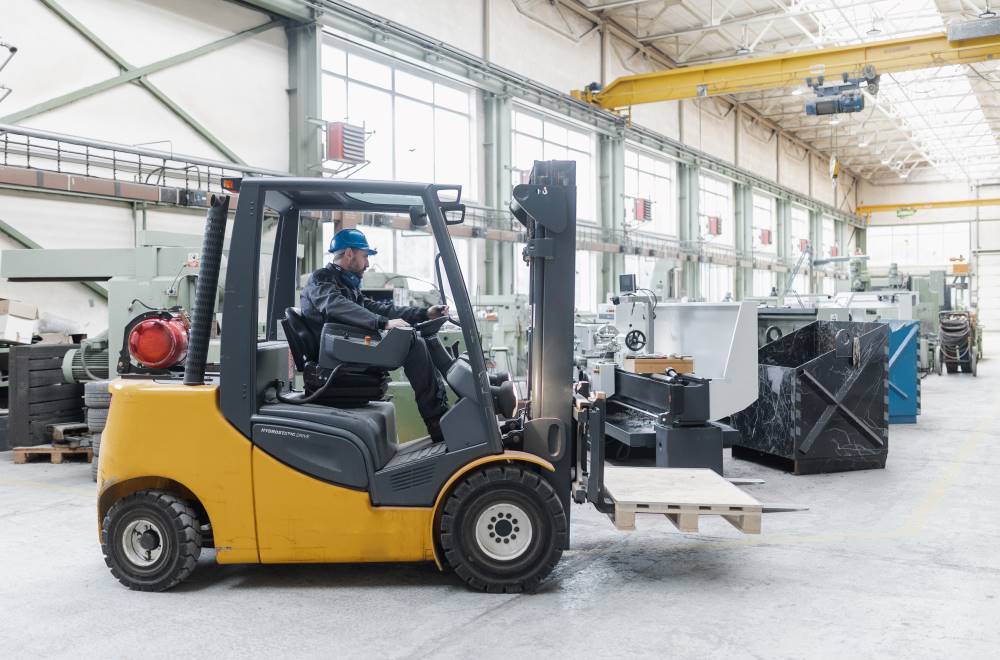
Fork trucks, often referred to as forklift trucks or simply forklifts, are indispensable machines in the world of material handling and logistics. These powerful vehicles play a pivotal role in various industries, from warehouses and manufacturing plants to construction sites and distribution centres.
In this article, we will delve into the world of fork trucks, exploring their different types, features, benefits, safety regulations, and other details.
Fork trucks consist of a carriage with two fork-like prongs that can be raised and lowered to engage with pallets, crates, or other loads. These prongs are commonly referred to as "tines" or "forks."
Fork trucks are equipped with various power sources, including electric batteries, internal combustion engines, or even propane tanks, depending on the application and environment they are used.
Fork trucks come in a variety of types, each tailored to specific tasks and environments. Here are ten types:
Fork trucks offer a wide range of features and benefits that make them indispensable in various industries:
To ensure the safe operation of fork trucks, it's crucial to adhere to safety regulations and best practices. Here are some key safety considerations:
Therefore, fork trucks, or forklifts, are indispensable tools in modern industry, facilitating efficient material handling, increasing productivity, and improving workplace safety.
Understanding the various types, features, and safety regulations associated with forklifts is essential for anyone working in logistics, warehousing, manufacturing, or construction.
The three main parts of a forklift are the chassis or frame, the mast, and the forks or tines.
The three main parts of a forklift are the chassis or frame, the mast, and the forks or tines.
A 3-stage forklift refers to a forklift with a triple-stage mast, which has three sections that can be raised and lowered, providing greater lift height capability for stacking or reaching high shelves.
A 3-stage forklift refers to a forklift with a triple-stage mast, which has three sections that can be raised and lowered, providing greater lift height capability for stacking or reaching high shelves.
When the mast is lowered, a typical warehouse forklift stands between 85 and 90 inches tall, or seven to seven and a half feet.
When the mast is lowered, a typical warehouse forklift stands between 85 and 90 inches tall, or seven to seven and a half feet.
Forklifts are typically operated by certified forklift operators who have undergone training to safely drive and operate these industrial vehicles.
Forklifts are typically operated by certified forklift operators who have undergone training to safely drive and operate these industrial vehicles.